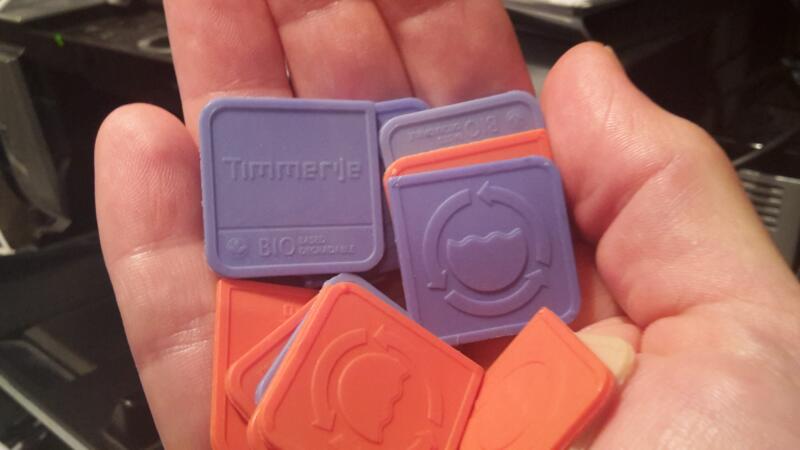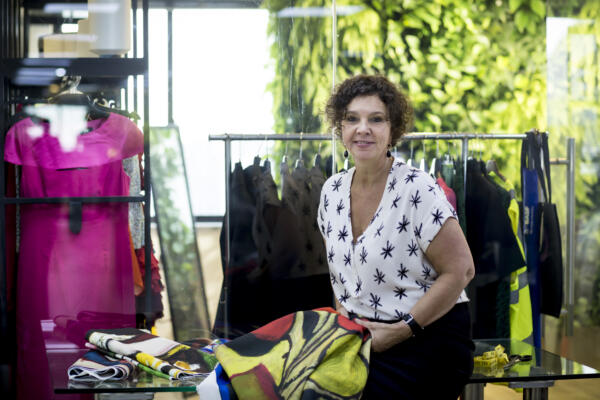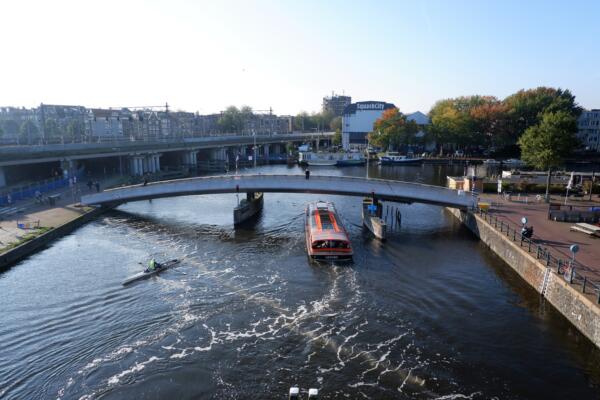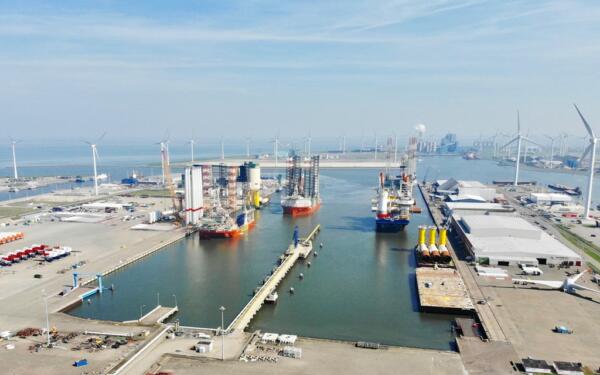Phario – bioplastics from waste water
The regional water authorities in the Netherlands no longer regard wastewater only as a waste product to be treated and processed, but also as a source of sustainable energy, raw materials and clean water. One of those raw materials is a bioplastic produced by bacteria from wastewater: PolyHydroxyAlkanoate or PHA. PHA has excellent proven technical properties and is biodegradable under certain conditions.

Waste water treatment breeds the right bacteria
The processes required for purifying sewage water breed the right bacteria for making PHA bioplastic. If you offer these bacteria enough food under the right conditions, they produce up to forty to fifty percent of their own weight in PHA bioplastic. This plastic has very good thermal and mechanical properties making it suitable for all kinds of applications. It is also biodegradable and more importantly, it is globally scalable, as most classic waste water treatment plants can implement the same processes.
The project fits in with regional water authorities’ social transition towards a circular economy, which it is working on in the network organisation Energie- en Grondstoffenfabriek (Energy and Raw Material Factory).
In the PHARIO pilot project in 2017, the Dutch regional water authorities successfully showed how to make a PHBV (a PHA variant) from sludge (as medium) and fatty acids (as feedstock). PHBV has a 70% lower environmental impact than PHA of monocultures and a competitive market price in the PHA family.
From start up to scale up
Once the pilot was completed, PHARIO focused on upscaling to the demonstration phase and building a commercial factory to produce around 5,000 tons of PHBV per year with the potential to further scale up later on.
Due to PHBV’s value proposition, PHARIO is looking to invest in creating more biodegradable applications with other innovative large market parties in its network, so that the market is further developed. The project invites product developers, compounders, parts manufacturers, system integrators and large brands with interest to join in.
There is also another reason to connect to the market. The water authorities are a public, non-market party. They can provide the IP, the raw materials (sludge, fatty acids) and on-site utilities. However, to raise this development to an industrial scale, the project requires industrial partners and investors to develop downstream processing and extraction methods and market parties with marketing skills.



